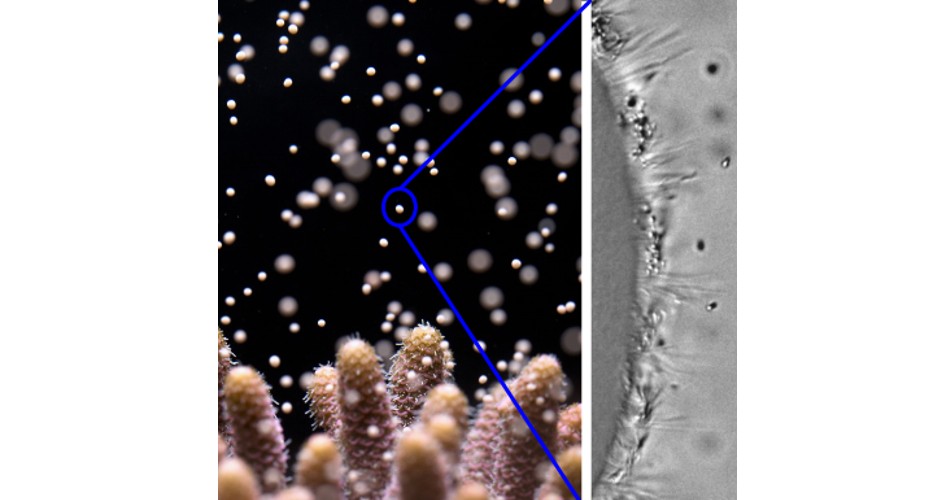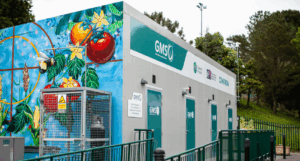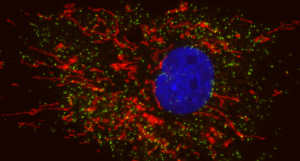Scientists gain fresh insight into how coral larvae swim

Professor Kirsty Wan and colleagues, have made a detailed study of ciliary propulsion in the common stony reef coral, Acropora millepora.
Scientists have gained a fascinating new insight into how coral larvae swim, using cilia, in order to find a suitable location to settle and thrive.
A team of researchers, led by Professor Kirsty Wan from the University of Exeter’s Living Systems Institute, have made a detailed study of ciliary propulsion in the common stony reef coral, Acropora millepora.
The branching stony coral is native to the western Indo-Pacific region, where it is found in shallow waters from the east coast of Africa to the coasts of Japan and Australia.
Using state-of-the-art imaging and computational modelling, the researchers were able to reveal how the densely packed cilia – microtubule-based organelles that help propel the larvae through the water – are arranged and coordinated to enable swimming.
They found that the cilia exhibit a particular beat pattern that replicated a wave-like motion – a natural solution to coordinating such densely packed arrays of organelles. This is similar to Mexican waves that are sometimes found in a packed sports stadium.
The study is published in Physics Review Research.
Professor Wan said: “When you think of corals you picture them as being rather sedentary. Turns out that they, like many critters that live in the ocean, have a motile stage. The larvae are gifted the ability to swim, through the coordinated action of tens of thousands, perhaps hundreds of thousands, of cilia. These cilia are surprisingly similar in structure and even sometimes function, to the ones found inside our own bodies”.
Larval dispersal is a critical phase in the survival of coral reefs. As corals are invertebrates that lack conventional neuromuscular structure, their movement is reliant on utilising the beating action of cilia to disturb the sea water around the organism.
Thus, coral larvae use their cilia-coated bodies to generate their own movement to interact with their environment. The cilia beat rhythmically and cooperatively to propel the coral through the water. As the only motile stage of the reproductive cycle, coral larvae choose a suitable location to settle and mature into adult corals.
In the study, the researchers used high-speed, high-resolution imaging, particle image velocimetry, and electron microscopy, to quantify how the arrangement and actuation of the densely packed cilia of the coral ultimately results in their collective function. They then compared their findings to a bespoke computational model of a dense ciliary array, to evaluate the usefulness and efficiency of this particular organisation and patterning of cilia .
Professor Wan added: “I think the lens of biophysics is an invaluable one through which to look at these types of questions in marine biology. The relationship is very much bidirectional too – the natural world provides such ingenious solutions to many problems, which for the organisms concerned, may be a matter of life or death, but can inspire new modelling or engineering approaches.”
Ciliary propulsion and metachronal coordination in reef coral larvae is published in Physics Review Research.



